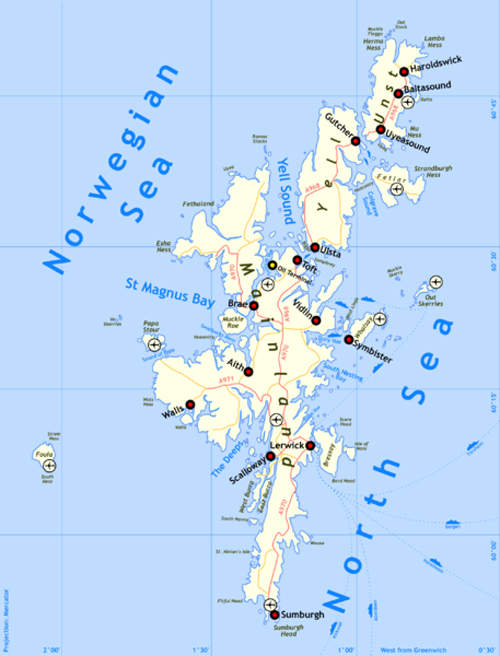HOMEOWNERS in the Shetland Isles have seen the value of their property increase by £39,311 (31%) since the trough of the last housing market cycle in 2009.
Research from the Bank of Scotland has suggested that the rise may be linked to the Islands having the highest employment rate in Scotland.
Aberdeen City has the second highest house price increase in Scotland since 2009, with property prices going up 21% or £38,275, followed by Aberdeenshire with a 16% increase of £33,022.
Both are amongst the five areas in Scotland with the highest levels of employment over recent years.

Those areas with the highest average levels of employment since 2009 have, on average, recorded bigger house price gains.
The five local authority districts (LADs) with the highest employment have experienced average house price rises of 14% (£23,462) since 2009, compared with an increase of 2% for Scotland as a whole.
The average house price in the 10 LADs that recorded the highest employment rate between 2009 and 2015 rose by £9,554 (6%).
In stark contrast, those areas with the highest levels of unemployment – as measured by the claimant count – have typically underperformed the Scottish average.
The 20 areas with the highest levels of unemployment have recorded an average house price fall of 8% (£11,252). The five areas with the highest unemployment rate have seen a 7% drop in the value of their homes.
Nitesh Patel, economist at Bank of Scotland, said: “There has been a very clear relationship between conditions in the Scottish jobs market and house price performance during the period since the housing market downturn between 2007 and 2009.
“Those areas with high levels of employment have tended to record above average house price growth. Areas with high unemployment levels have, on the other hand, typically underperformed.”

